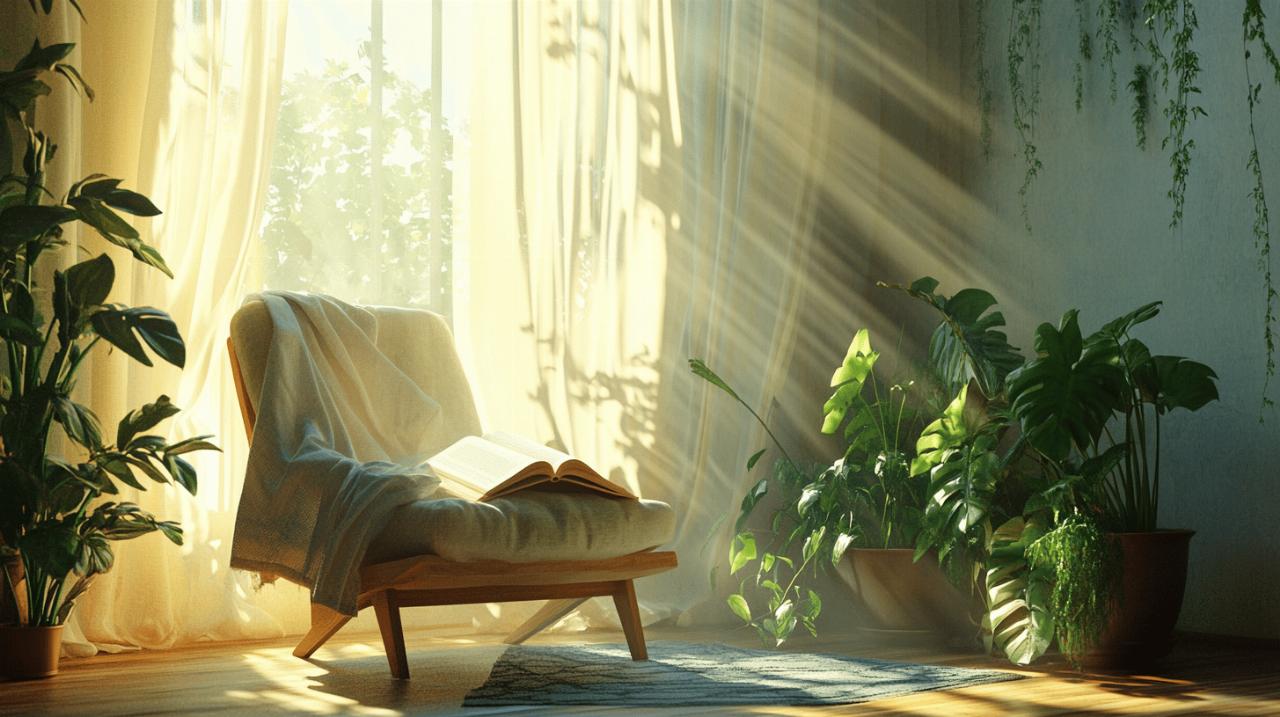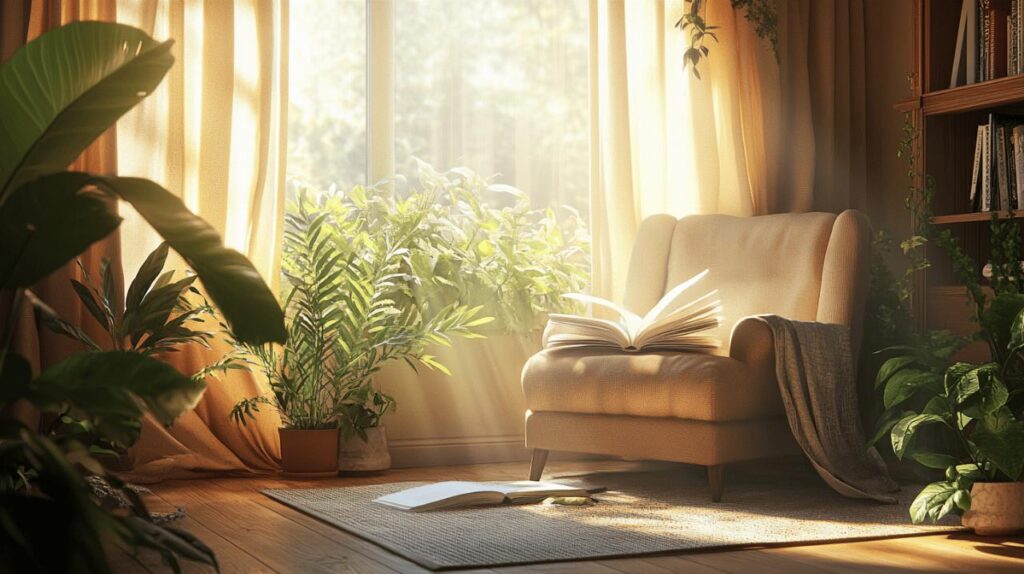As summer temperatures rise, finding ways to maintain a comfortable home environment without relying on air conditioning becomes increasingly important. Whether you’re looking to reduce energy costs or simply prefer natural cooling methods, there are numerous effective strategies to keep your house cool even during the hottest months. Let’s explore practical solutions that can help you create a refreshing indoor atmosphere without cranking up the AC.
Smart ventilation strategies
Proper airflow is fundamental to maintaining a cool home during summer. According to Casa Jedo, one of the most effective techniques is creating cross-ventilation by strategically opening windows and doors when the outside temperature drops below your indoor temperature. This simple approach costs nothing yet can significantly reduce indoor heat.
Creating cross breezes with strategic fan placement
Fans are invaluable tools for summer cooling when used correctly. Position fans facing outward in windows on the sunny side of your home to push hot air out, while placing inward-facing fans on the cooler, shaded side. This creates a refreshing cross breeze that continuously cycles air through your home. For enhanced cooling, place a bowl of ice in front of a fan to create a makeshift cooling system that blows chilled air into your space. The energy efficiency of fans is notable, costing between 15p and 31p for a full day of operation, compared to air conditioning which can run between £4.84 and £6 for the same period.
Nighttime cooling techniques
Evenings present the perfect opportunity to flush accumulated heat from your home. When the outside temperature drops after sunset, open multiple windows to create a cooling pathway for air movement. Place fans in windows to accelerate this process, drawing in the cooler night air while expelling warmed indoor air. Remember to close windows and blinds early the following morning to trap the cool air inside before the day heats up. This nighttime ventilation strategy is particularly effective in regions with significant day-night temperature differences.
Heat-blocking window solutions
Windows are major culprits when it comes to heat gain, with up to 30% of unwanted heat entering through them. Implementing effective window treatments can dramatically reduce indoor temperatures during summer months.
Optimal Timing for Curtains and Blinds
The timing of opening and closing your window coverings matters significantly. Keep curtains, blinds, or shutters closed during peak daylight hours, especially on south and west-facing windows that receive direct sunlight. Light-colored window coverings with reflective backing are particularly effective at bouncing heat away from your home. Consider opening curtains only on north-facing windows which typically receive less direct sunlight, allowing for natural light without excessive heat gain.
Heat-reducing window films and coverings
Window films offer a semi-permanent solution for heat reduction, blocking up to 70% of solar heat while still allowing natural light to enter. These transparent adhesive films can be applied to existing windows without replacing the glass, making them a cost-effective home improvement. External solutions like awnings, bamboo blinds, or solar screens installed outside windows provide shade before heat can reach the glass, offering superior cooling benefits compared to interior treatments alone.
Heat-conscious home activities
Many everyday activities generate significant heat that can quickly warm up your living space. Being mindful of these heat sources can help maintain cooler indoor temperatures during summer months.
Alternative cooking methods
Kitchen activities contribute substantially to indoor heat. During hot weather, consider using outdoor grills or cooking appliances that generate less heat, such as slow cookers, microwaves, or electric pressure cookers. When possible, prepare no-cook meals like salads and sandwiches, or cook larger batches during cooler morning hours that can be reheated or served cold later. If you must use the oven, do so in the evening when temperatures begin to drop, and run the exhaust fan to remove heat and humidity from cooking.
Managing heat-generating appliances
Everyday electronics and appliances produce heat even when not in use. Unplug devices when not needed, especially computers, gaming systems, and televisions, which can warm a room considerably. Run heat-generating appliances like dishwashers, washing machines, and dryers during cooler evening hours, and consider air-drying clothes outside to eliminate dryer heat entirely. Even incandescent light bulbs generate significant heat, so switching to LED lighting can help reduce indoor temperatures while saving on energy costs.
Structural home improvements
For longer-term cooling solutions, certain home improvements can dramatically enhance your home’s ability to stay cool naturally during summer months.
Attic and wall insulation benefits
While typically associated with winter warmth, proper insulation is equally important for summer cooling. Well-insulated attics and walls create a barrier against heat transfer, keeping hot air outside and cooler air inside. Adding or upgrading insulation in your attic space can reduce indoor temperatures by up to 10 degrees during peak summer heat. This investment pays dividends year-round, improving energy efficiency in both summer and winter seasons.
Whole-house fan installation guide
Whole-house fans offer a powerful cooling alternative, using about one-tenth the electricity of air conditioning systems. These fans, typically installed in a central hallway ceiling, pull cool air in through open windows and exhaust hot air through the attic and roof vents. For maximum effectiveness, install the fan in a location that allows for unobstructed airflow and operate it when the outside temperature is lower than inside, typically evenings and early mornings. Proper sizing is crucial, with most homes requiring a fan that can change the air volume 15-20 times per hour.
Landscaping for natural cooling
Strategic landscaping does more than enhance your home’s appearance, it can significantly reduce indoor temperatures by providing natural shade and cooling through plant transpiration.
Strategic tree placement for shade
Deciduous trees planted on the south and west sides of your home provide excellent summer shade while allowing warming sunlight to reach your home in winter after they shed their leaves. For immediate benefits while waiting for trees to mature, consider installing trellises with fast-growing vines near windows that receive intense afternoon sun. Even modest increases in landscaped areas around your home can reduce surrounding air temperatures by several degrees through the natural cooling process of plant transpiration.
Plant selection for temperature reduction
Choose plants that thrive in your local climate while providing maximum cooling benefits. Vines like ivy, clematis, or wisteria can create living screens when grown on trellises near windows or walls receiving direct sunlight. Groundcovers replace heat-absorbing pavement with cooling vegetation, while tall grasses can deflect heat while requiring minimal maintenance. Native plants typically require less water and maintenance while still providing significant cooling benefits.
Moisture management
Humidity plays a crucial role in perceived temperature, with high moisture levels making heat feel more oppressive by preventing sweat evaporation, the body’s natural cooling mechanism.
Humidity control techniques
Managing indoor humidity can significantly improve comfort even when temperatures remain unchanged. Consider using a dehumidifier in particularly humid climates or spaces to remove excess moisture from the air. Modify daily activities to reduce indoor moisture, such as taking shorter showers, using bathroom exhaust fans, and covering pots while cooking. Moving houseplants outdoors temporarily can also help, as plants release moisture into the air through transpiration.
Hydration practices for personal cooling
Proper hydration is essential for personal temperature regulation. Drink water consistently throughout the day rather than waiting until you feel thirsty. For maximum cooling effect, enjoy tepid rather than ice-cold water, which allows for faster absorption. When external cooling is needed, opt for cool rather than cold showers, as extremely cold water can cause blood vessels to constrict, potentially trapping body heat. Keeping a spray bottle of water in the refrigerator provides quick relief when misted on pulse points like wrists, neck, and temples.





